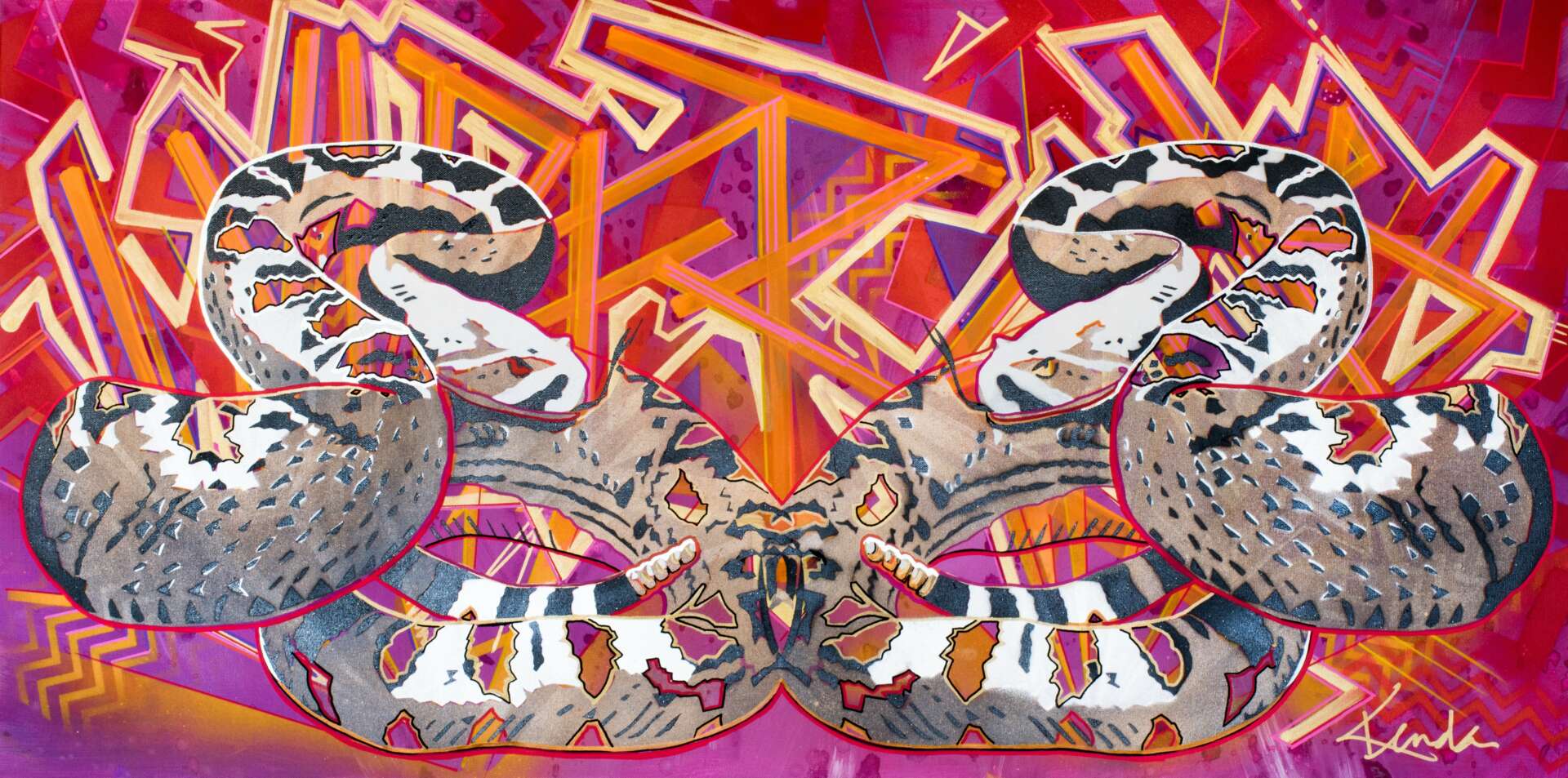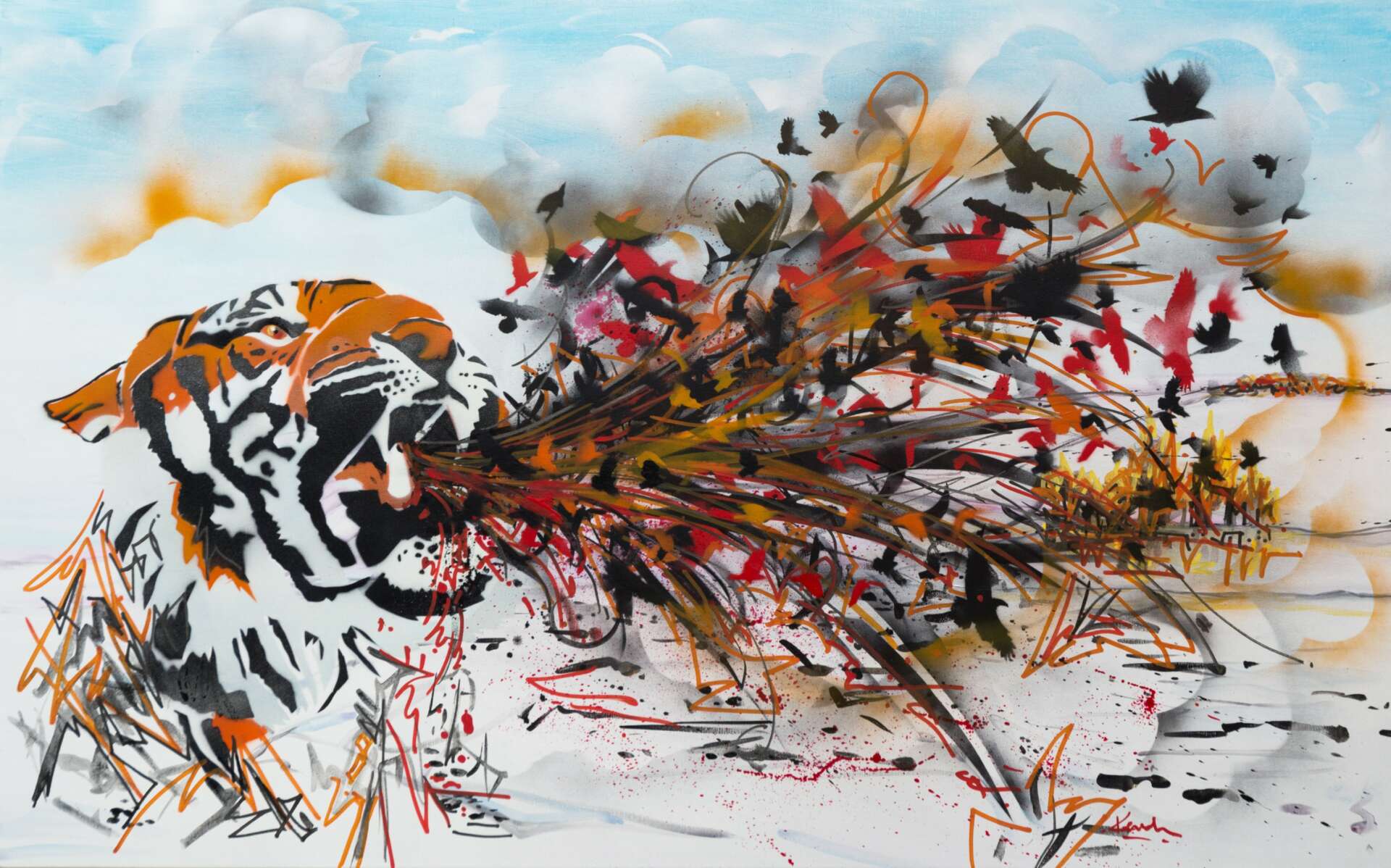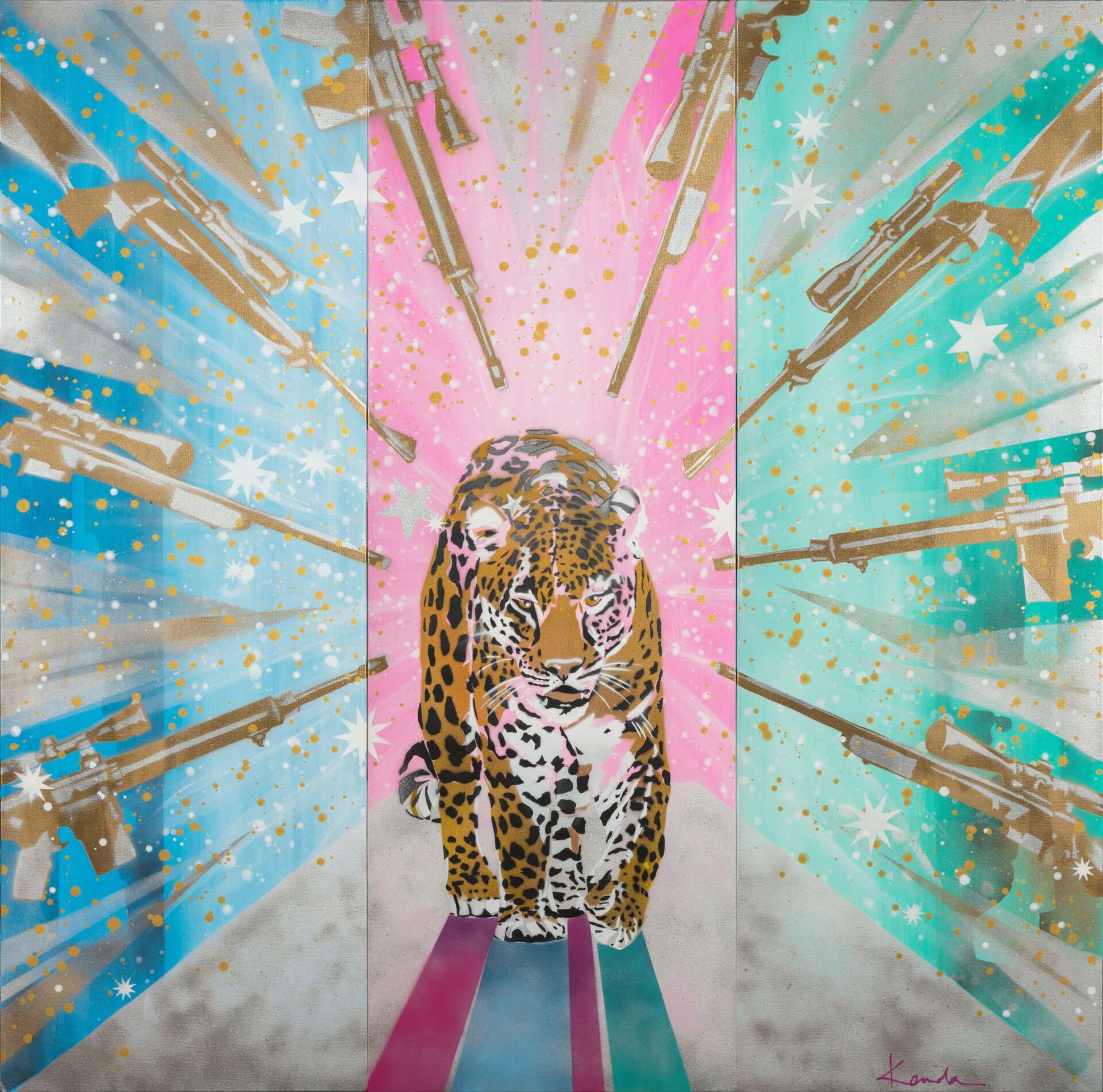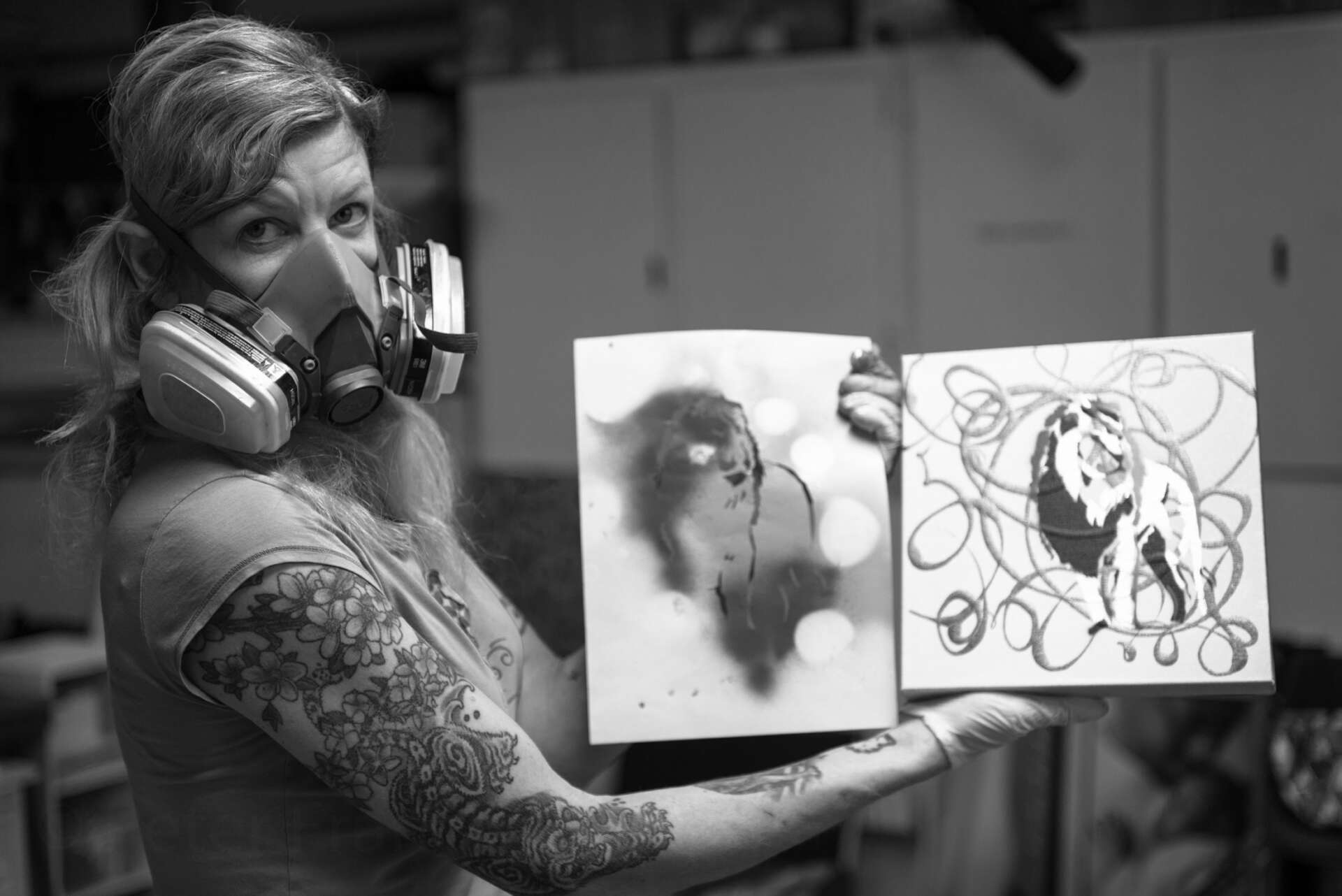We recently connected with Kenda Francis and have shared our conversation below.
Kenda, thanks for taking the time to share your stories with us today. We’d love to hear about a project that you’ve worked on that’s meant a lot to you.
I’ve become involved with a wonderful organization called Helping Rhinos (www.helpingrhinos.org) and this relationship with an animal welfare agency that is doing the right things for the animals I care so much about is heartwarming! I’ve not only helped to generate thousands of dollars in donations for this non-profit, but I have become one of their art ambassadors!
Helping Rhinos is a non-profit based out of the UK but directly helps rhinos in South Africa by supporting their protection, funding various rhino orphanages (due to poached mother rhinos), and purchasing strongholds of property for future rhino populations.
I am honored to be a creative element of this hard working and heart felt agency. I feel with this relationship, I have been able to realize my goals as an animal advocacy artist. It is meaningful to me that my work not only tugs at the hearts of my viewers, but helps to make a difference for the creatures I love so dearly.
This partnership has helped me to understand that these types of agencies need the voice of artists to interpret their goals and messages in a creative way.



As always, we appreciate you sharing your insights and we’ve got a few more questions for you, but before we get to all of that can you take a minute to introduce yourself and give our readers some of your background and context?
I am an animal advocacy artist. I didn’t always know this, but animals were always a part of my work. As I explored different themes like predator vs. prey and animal revenge I sought my voice and visual presentation. After seeing the graffiti work lining the train tracks, buildings and doorways in Spain, I realized I loved the layering of different images, stickers, writing, and media from complicated stencils to drips and marks.
I brought that graffiti layering back to the studio and took on the vocabulary of multi layered stencils, spray paint, acrylic drips and splashes, paint pens, and words/letters/numbers. I liked the urban feel of the work I created and felt it was appropriate to portray the wild animals in these environments as they are being squeezed out of their natural spaces and confronting the human population growth on every continent.
I paint about animals that are killed as trophies, for their teeth, their horns, their coats, their tusks and even their fins. I hope my viewers are attracted to the “street art” style of my work while they learn about amazing, sometimes hardly known animals or plights, and consider their own connection with the non-human living world.
Spray paint, multiple layers of hand crafted stencils, brush strokes, paint drips, pen and pencil marks all come together to reflect life in human- altered landscapes. I add words, shapes, and atmospheric elements to create dimension in the animals’ stories and to evoke the emotions I feel when I create my works. I hope my audience will see and feel that animals are struggling, that they need our compassion, that we cannot continue on our path of waste and apathy. These unique creatures are the secret to a balanced system and to our own well-being and are worth preserving and taking actions to save.
What do you think is the goal or mission that drives your creative journey?
Feel What You See:
My goal is to provide creative, visually interesting and heartfelt representations of animals for humans to feel and connect with. I not only want to raise money for the protection and care of wild and domestic animals around the world, but I also want to lift my viewers to action. I hope the pull of their hearts will translate to action and care and a sense of attachment to our wild world. The things that we feel when experiencing nature can be similar to the emotions we feel when we hear a great song, or see a performance that touches our aesthetic. Great artworks transcend words and explanation and can evoke indescribable senses. This is what I hope for. This is what I feel when in the presence of animals and nature and I want to share that with my viewers.




Do you think there is something that non-creatives might struggle to understand about your journey as a creative? Maybe you can shed some light?
Its Easy and Fun!
I’m sorry but being a creative isn’t always easy and fun. I actually have a very demanding full time job in addition to being a full time artist/animal advocate/gallery owner. The only way art is created and work is seen is through a lot of hard work and being incredibly driven. Of course the journey of creation is joyful, and the rewards of creating a successful image or event is meaningful, but there is so much going on behind the scenes. If you are an artist you know that you balance your social life, mental and physical health, your home, your family, your finances with all the things this art world requires. Here is a brief list of things non-creatives would never have to think about, let alone do….
1.Be a Web Manager: Create and manage and pay for your website – keep this updated
2.Be a Professional Photographer: Work has to be photographed for proposals
3.Be your own Event Manager: Enter shows/opportunities (find them, pay, apply and if accepted, prep your work, drop off, pick up, attend the receptions/events, advertise)
4.Promote yourself: (newsletters, social media, emails)
5.Store and inventory your work: For me this means paying for a separate storage space just to house my works
6.Belong to Organizations: Find galleries, museum and art alliances, non-profits to work with to share your work and message and to balance community.
Every element on this list is BEYOND the creation of the work and takes an unbelievable amount of time.
Contact Info:
- Website: https://www.kendafrancis.com/
- Instagram: instagram.com/kendafrancis/
- Youtube: https://www.youtube.com/channel/UCGY7uq88brjTC9fgEkXcNcA
- Other: https://www.artistsforconservation.org/artists/29112
Image Credits
Peter Francis


